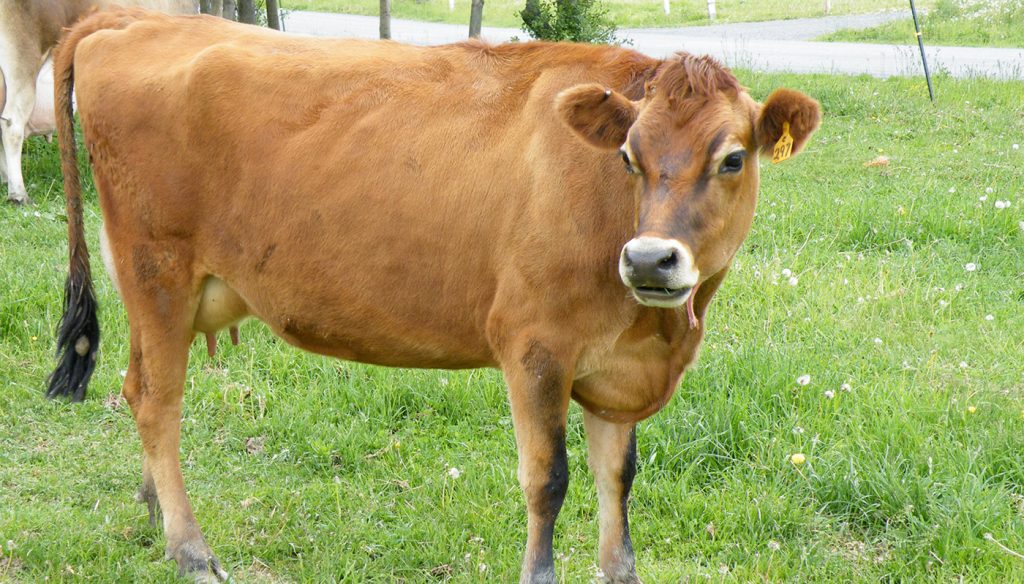 Jersey cows are not a new breed they have been around for more than 200 years. Their famous golden yellow coats can usually be found on many a dairy farm throughout many countries in the world. They are very curious cows and have to know what is going on around them. Their curiosity has been known to get them into many a scrape or two.
Jersey cows are not a new breed they have been around for more than 200 years. Their famous golden yellow coats can usually be found on many a dairy farm throughout many countries in the world. They are very curious cows and have to know what is going on around them. Their curiosity has been known to get them into many a scrape or two.
They are lively active cattle that are a joy to have around the farm although the bulls can be a bit mean tempered at times.
JERSEY BREED OF CATTLE QUICK PROFILE OVERVIEW
|
|
|---|---|
| The Golden dairy cattle breed that responsible for delicious Jersey Dairy ice-cream | |
| Country of Origin: | Jersey |
| Other Names: | None |
| Main Purpose: | Milk |
| You may Also Like: | 35 Best Cattle Breeds for Milk – Dairy Cattle |
| You may Also Like: | 47 Best Cattle Breeds for Meat – Beef Cattle |
| Can be used for | Breed, Milk |
| Ideal Climate: | Heat, Cold, Most Climates |
| Conservation Status: |
Not listed by the *ALC Status/Rarity: Not at risk |
| Health Issues? | No known health issues |
| Good Starter Cattle? | Novice to intermediate Cattle farmer/keeper level |
| Cattle Associations: | Jersey Cattle Society of the United Kingdom, American Jersey Cattle Association & National All-Jersey Inc., Jersey Canada, Jersey Cattle Society of Ireland and Jersey Directory Online |
| Cattle Clubs: | Please refer to Jersey Cattle Society of the United Kingdom, American Jersey Cattle Association & National All-Jersey Inc., Jersey Canada, Jersey Cattle Society of Ireland and Jersey Directory Online for more information on the Jersey cattle breed |
| Where to buy them? | Please refer to Jersey Cattle Society of the United Kingdom, American Jersey Cattle Association & National All-Jersey Inc., Jersey Canada, Jersey Cattle Society of Ireland and Jersey Directory Online for more information on the Jersey cattle breed |
| Child Friendly? | Livestock should not be left unattended around unsupervised children |
| General Information: | The Jersey Cattle breed is renowned for the quality of milk and the unique components in it. Jersey Dairy products are some of the best dairy products on the market today. Their milk is naturally high in butterfat content which makes it perfect for the creation of dairy products such as butter, clotted cream, and even dairy ice-cream. Jersey Dairy on the Jersey Island was the first dairy in the British Isles to receive the ISO 9001 award which is a prestigious international award. They Jersey La Cremiers’s Salted Caramel Sauce is handmade on the island using rich Jersey cream and butter for the golden taste and color the sauce is so famous for. The Jersey cow is one of the smallest of dairy cows, but her size is no indication of the quantity and top-quality milk she can produce and has been doing so for generations. It is said that a true mark of the Jersey cattle breed is their white lined and almost white muzzle. Studies have shown that Jersey cows’ milk is quite unique in that is contains 25% more butterfat, 18% more protein and 25% more calcium than any other breeds milk. The cow and bull of the Jersey cattle are pretty much chalk and cheese in character. Whilst the cows are known for the docile, gentle and curious nature the bulls are known to be one of the most aggressive of the domestic bulls. By the age of 18 months old, the bulls become very aggressive and hard to contain. The average life of the Jersey cattle breed is around 18 to 22 years but there have been records of Jersey cows living to ages of 25 years and even some beyond that. The oldest known Jersey cow lived to the age of 37 years old. She lived at an animal rescue center in the United Kingdom. |
| Note: *ALC stands for American Livestock Conservancy | |
PHYSICAL CHARACTERISTICS |
||||||||||||||||||||||||||||||||
|---|---|---|---|---|---|---|---|---|---|---|---|---|---|---|---|---|---|---|---|---|---|---|---|---|---|---|---|---|---|---|---|---|
| They are of a small to medium stature with the bulls being a lot beefier and muscular. They have sturdy legs and pretty well rounded long faces with upturned light-colored noses that have a white ring around them. | ||||||||||||||||||||||||||||||||
| Size: | Small | |||||||||||||||||||||||||||||||
|
||||||||||||||||||||||||||||||||
COW BREEDING & MILKING INFORMATION |
|
|---|---|
| Most Cattle produce milk but not all of them are used in the dairy Cattle capacity for their milk. Cows only calve once a year and should have 12 to 14-month inter-calving cycle. They are excellent mothers with good maternal instincts and take really good care of their young. They are fertile and even for their small size, they have easy birthing with little to no birthing problems. | |
| Breeding Period/cycle: | Usually lasts 6 to 24 hours Most ave. 12 to 16 hours Cows usually come on heat every 21 days. |
| Estrous cycle: | Ave. 17 days to 24 days Heifer – usually ave. 20 days Cows – usually ave. 21 days |
| Gestation Period: | Usually, around 279 to 287 days but most gestation is 283 days. Cows that are carrying bull calf’s their gestation period is usually a little longer than cows that are carrying heifer calves. |
| No. Calves/Litter: | 1 calf at a time. Cows rarely have twins or triplets, but it can happen |
| Lactation Period: | Cows lactation period can last for up to about 10 months (305) days. |
| Milking From: | 1 to 6 weeks after Calving |
| Drying off Period: | The cow should have a 12 to 14-month inter-calving cycle. Drying off period for around 60 days before she can calve again. |
| Milk Quality: |
Excellent, Butterfat = 4.84%, Protein = 3.95% Quantity: 3500 to 4550 kg Per: Lactation period |
| Milk Ideal for: | Calves, drinking, ice-cream, cream, cheese, yogurt, and all other dairy products on the market. |
| You may Also Like: | 35 Best Cattle Breeds for Milk – Dairy Cattle |
CATTLE MEAT PRODUCTION INFORMATION |
||||||||
|---|---|---|---|---|---|---|---|---|
| Most Cattle breeds can be used for meat and produce an acceptable quality of meat. They are not bred for meat productions. | ||||||||
| Meat Production? | N/A | |||||||
|
||||||||
| You may Also Like: | 47 Best Cattle Breeds for Meat – Beef Cattle | |||||||
CATTLE SKIN PRODUCTION INFORMATION |
||||||||
|---|---|---|---|---|---|---|---|---|
| Most meat Cattle will have a skin by-product, and these are usually used in some form or just as a hide. They are not bred for the hide/leather production. | ||||||||
| Skin Production? | N/A | |||||||
| Skin is used to Produce: | Calf/cow skin leather products such as shoes, car seats, fine leather coats, gloves, handbags, belts, furniture, rugs, etc. | |||||||
|
||||||||
HISTORY
The Jersey cattle breed has been around for many generations and is said to have descended from stock that arrived on the Ireland of Jersey from the Norman mainland.
The Jersey cattle breed was first declared a separate breed in 1700 and the breed was isolated for over 200 years between 1789 to 2008.
In 1789 Imports of cattle onto the island of Jersey were forbidden by law in order to maintain the purity of the breed.
The import ban stabilized the price enabling more scientifically controlled breeding programs to be undertaken.
Early settlers brought Jersey cattle to America as early as 1657 as per records. Canada imported their first Jersey cattle in 1868 with American importing their first Jersey cattle at the turn of the century.
The Jersey cattle breed is the second most popular dairy breed in the world.
Video
USEFUL LINKS
- Purebred Dairy Cattle Association
- American Dairy Association
- National Association of Animal Breeders
- American Dairy Science Association
- United States Cattlemen’s Association
- National Cattlemen’s Beef Association
- American National Cattlewomen
- Beef Cattle Breed Associations
- National Cattlemen’s Beef Association
- Fur Commission USA
- North American Meat Institute
- American Livestock Conservancy
- Animal Shelter (ASPCA)
- American Veterinary Medical Association
- American Animal Welfare Society
- American Animal Control
- American Society of Animal Science
- United States Department of Agriculture
 Red Poll Cattle Breed – Everything You Need to Know
Red Poll Cattle Breed – Everything You Need to Know English Longhorn Cattle Breed – Everything You Need to Know
English Longhorn Cattle Breed – Everything You Need to Know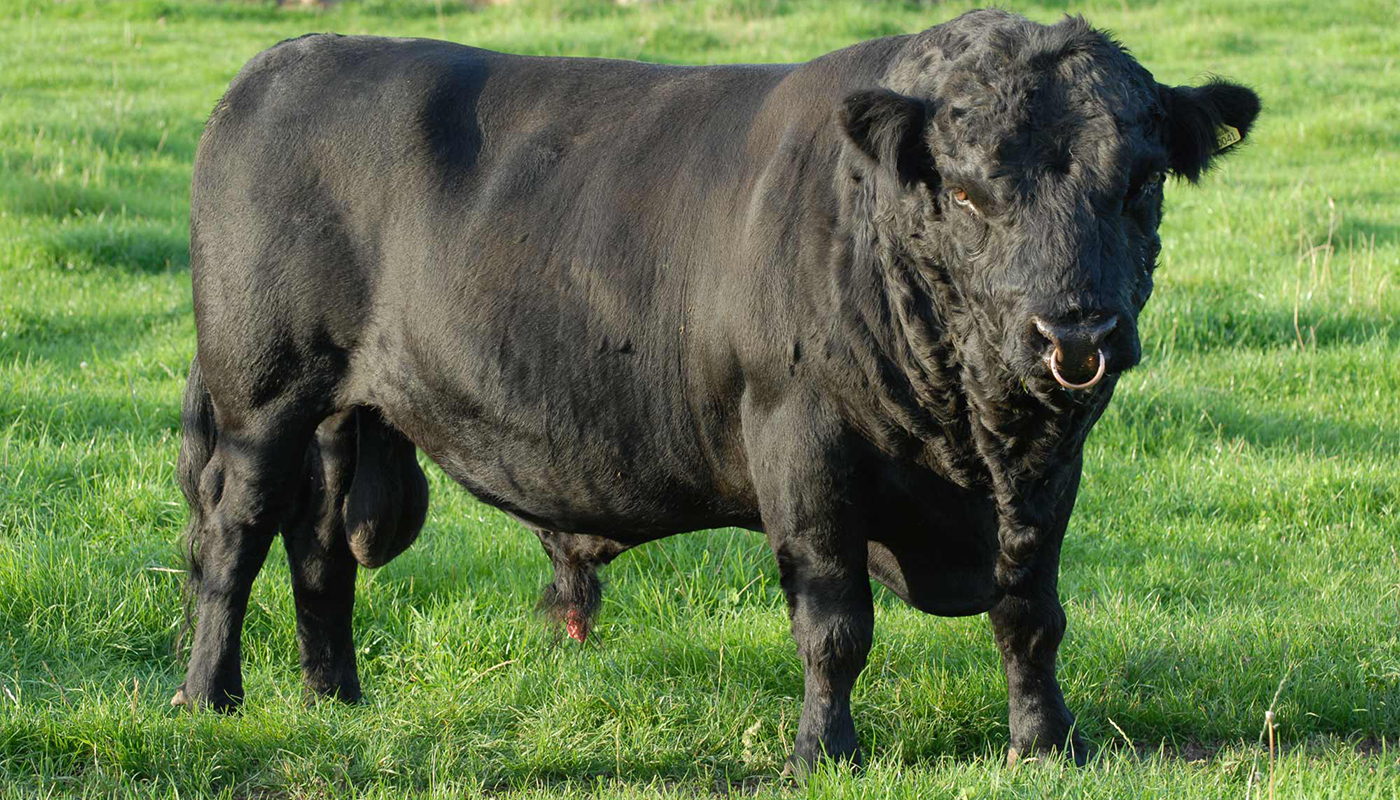 Dexter Cattle Breed – Everything You Need to Know
Dexter Cattle Breed – Everything You Need to Know Ayrshire Cattle Breed – Everything You Need to Know
Ayrshire Cattle Breed – Everything You Need to Know Normande Cattle Breed – Everything You Need to Know
Normande Cattle Breed – Everything You Need to Know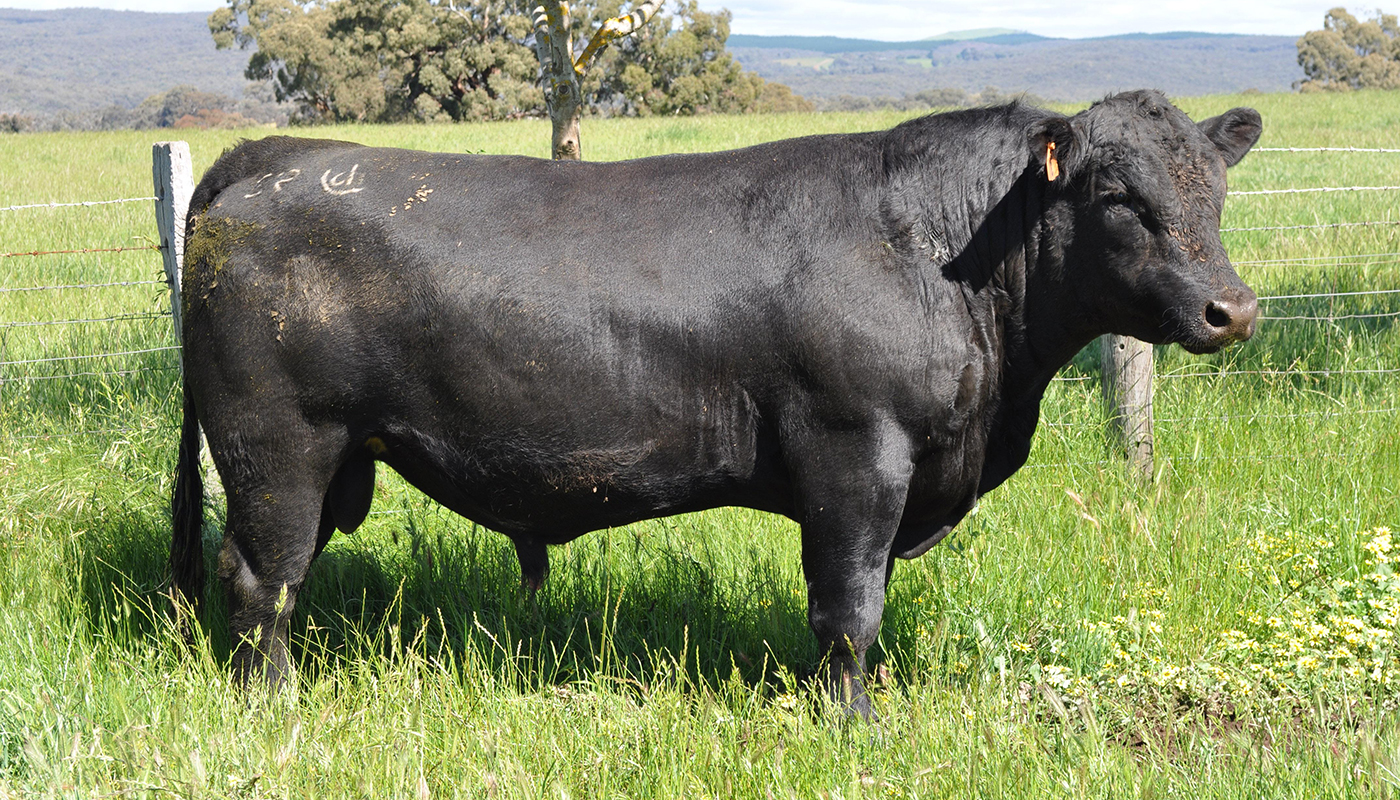 Angus Cattle Breed – Everything You Need to Know
Angus Cattle Breed – Everything You Need to Know Black Hereford Cattle Breed – Everything You Need to Know
Black Hereford Cattle Breed – Everything You Need to Know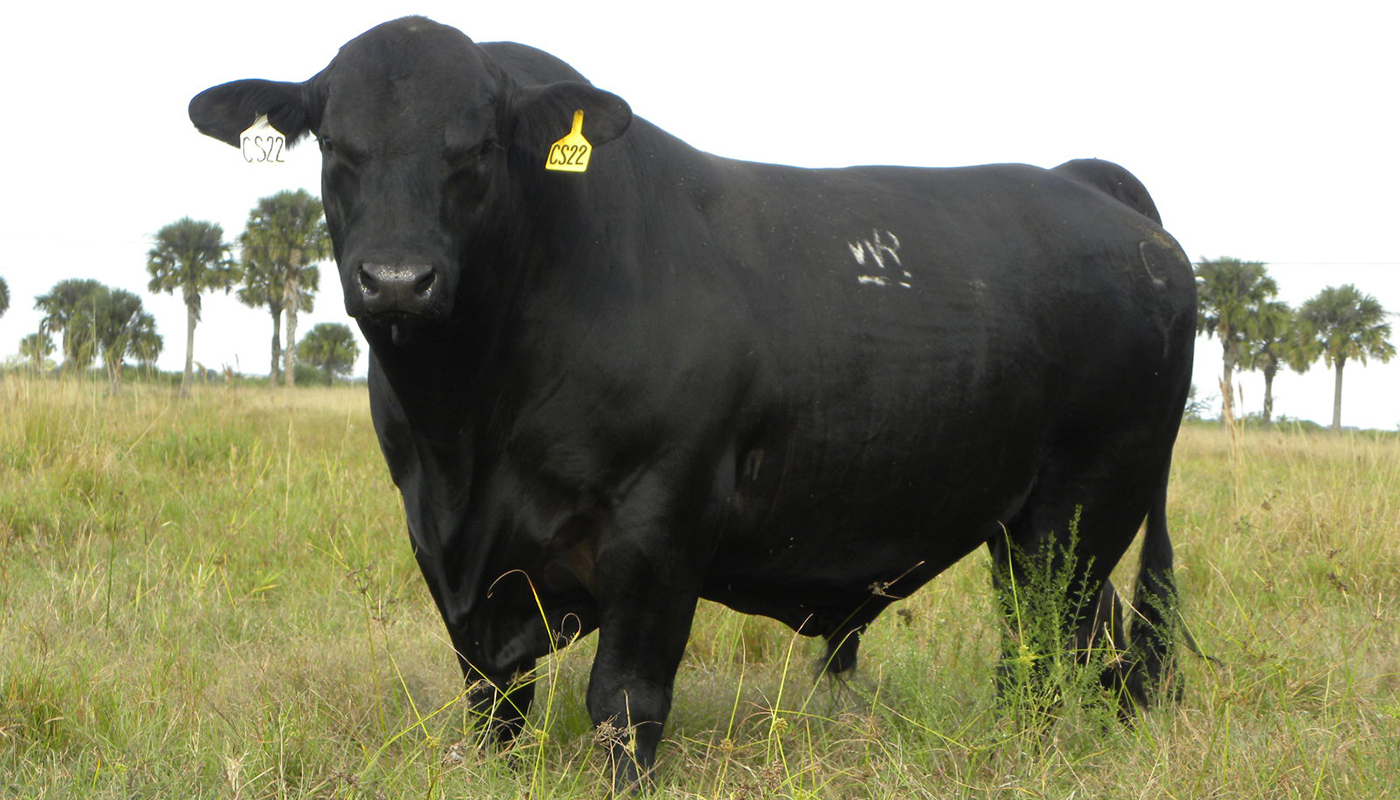 Brangus Cattle Breed – Everything You Need to Know
Brangus Cattle Breed – Everything You Need to Know Blonde d’Aquitaine Cattle Breed – Everything You Need to Know
Blonde d’Aquitaine Cattle Breed – Everything You Need to Know Speckle Park Cattle Breed – Everything You Need to Know
Speckle Park Cattle Breed – Everything You Need to Know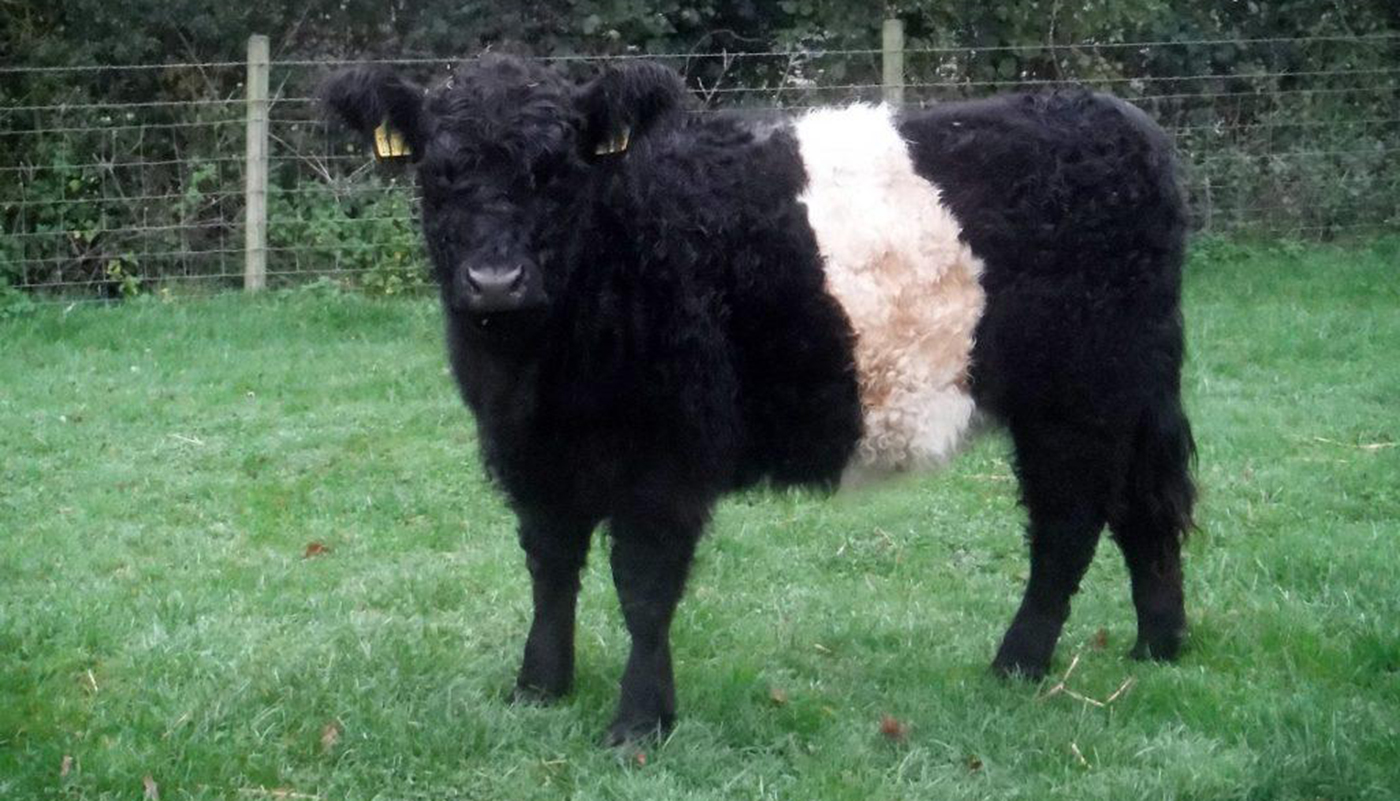 Belted Galloway Cattle Breed – Everything You Need to Know
Belted Galloway Cattle Breed – Everything You Need to Know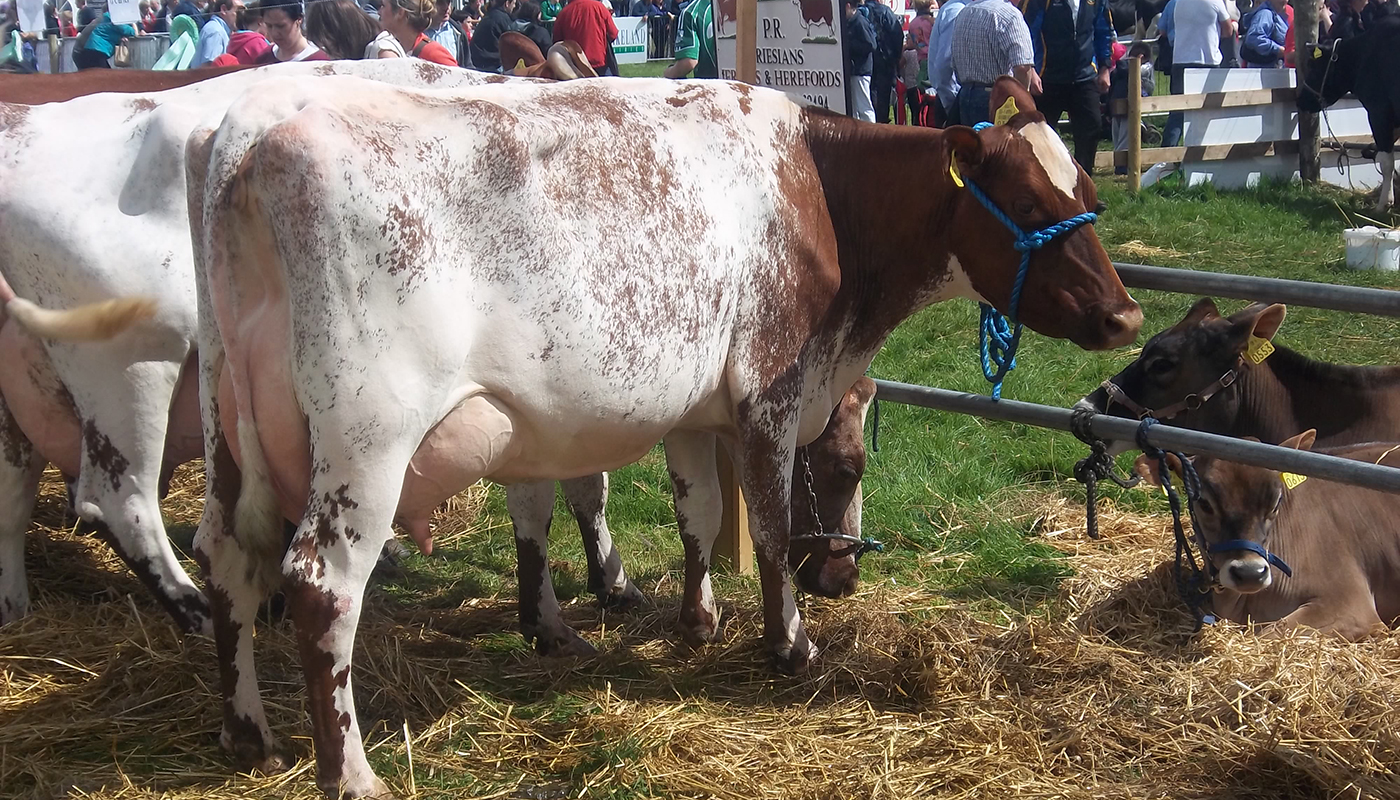 Milking Shorthorn Cattle Breed – Everything You Need to Know
Milking Shorthorn Cattle Breed – Everything You Need to Know